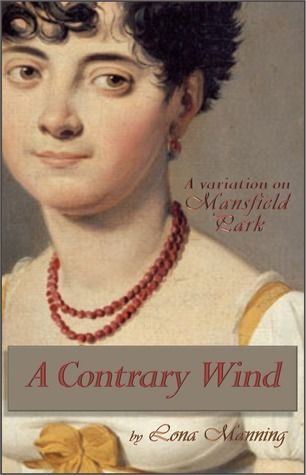
A Contrary Wind
What if Fanny Price, the meek and docile heroine of Jane Austen's Mansfield Park, ran away from home? What if Fanny could no longer endure living with the Bertrams? What if she could not bear to watch Edmund fall in love with Mary Crawford? And what if Sir Thomas Bertram did not return home from Antigua to interrupt the rehearsals of 'Lover's Vows'? What if "a steady contrary wind" had held him back in the North Atlantic, as Henry Crawford wished? What might have transpired? A Contrary Wind is a variation on Mansfield Park, in which the heroine, Fanny Price, is given an opportunity to change and grow, to learn and to make mistakes, while Edmund Bertram's fascination with Mary Crawford, and Henry Crawford's efforts to avoid matrimony, lead to completely different outcomes than in Jane Austen's masterpiece. All of the familiar characters from Mansfield Park are included, and many - such as Mrs. Norris and little Betsey Price - help drive the plot. New characters, such as the brusque but kindly widow, Mrs. Butters, and the impecunious but charming writer, William Gibson, are involved with the movement to abolish slavery. Real characters from history - politicians, writers, and sea captains, join the story and there are even some cameo appearances from characters in other Austen novels. The text employs many of the techniques which made Jane Austen so popular - dialogue in which each character speaks in their own unique voice, free indirect style of narration, Johnsonian cadences, and some snark. A Contrary Wind differs from Mansfield Park in that not all the scenes involving sex occur off-stage and instead of having "[t]hree or four families in a country village," the action moves from Mansfield Park, to Bristol, London, Portsmouth, Norfolk, and the coast of Africa, where young Lieutenant William Price fights the slave trade as part of the West Africa Squadron.